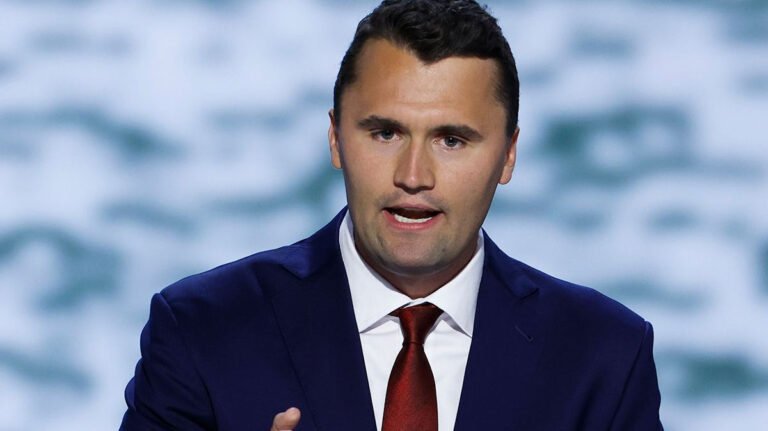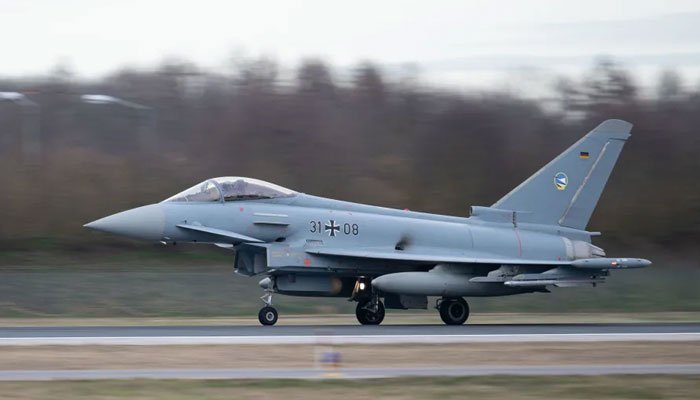The Federal Aviation Administration (FAA proposes fine Boeing $3.1 million) following a series of safety violations tied to the 737 MAX program. The penalty highlights deep concerns about Boeing’s production practices and its strained relationship with regulators. Interestingly, the global airlines are in competition to improvements in 2025. However, the aircraft makers are declining in their quality.
The proposed fine comes after months of scrutiny triggered by a January 2024 Alaska Airlines 737 MAX 9 mid-air emergency, where a door plug detached due to missing bolts. The dramatic incident, though not fatal, shook public confidence, forced the temporary grounding of MAX 9 jets, and brought intense regulatory oversight.
What the FAA Found
The FAA documented hundreds of quality control violations between September 2023 and February 2024. These were discovered at Boeing’s 737 factory in Renton, Washington, and at Spirit AeroSystems’ subcontractor plant in Wichita, Kansas.
Key violations include:
- Boeing presented two unairworthy aircraft for certification, even though they failed to meet safety standards.
- A Boeing employee pressured an FAA-authorized colleague to approve a non-compliant 737 MAX so the company could meet delivery schedules.
- Repeated failures to follow Boeing’s own quality system, which regulators say undermines safety oversight.
The FAA said these issues directly connect to the Alaska Airlines incident, which exposed structural weaknesses and led to a two-week grounding of the fleet.
Pressure on Safety Inspectors
One of the most troubling findings involves undue pressure on employees acting on the FAA’s behalf. According to investigators, a Boeing staff member attempted to coerce another inspector to sign off on an aircraft despite knowing it did not comply with required standards.
This revelation raises questions about Boeing’s culture, where meeting production deadlines often appeared to outweigh safety assurances. Regulators say such behavior compromises the independence of FAA designees, who serve as the agency’s eyes inside manufacturing plants.
Boeing’s Response
Boeing now has 30 days to formally respond to the FAA’s notice. In a statement, the company said it is reviewing the penalty proposal and reaffirmed its commitment to strengthening safety and accountability across operations.
“We continue to work on building a stronger safety culture, improving first-time quality, and ensuring accountability,” a Boeing spokesperson said.
Boeing pointed to new internal programs aimed at reducing production errors and giving employees more authority to flag concerns without fear of retaliation.
Spirit AeroSystems and Airline Reactions
Spirit AeroSystems, Boeing’s key fuselage supplier, declined to comment on the proposed fine. Alaska Airlines, whose jet suffered the mid-air blowout, also refrained from public statements on the FAA’s action.
Industry analysts, however, note that the penalty reflects regulators’ growing impatience with Boeing’s missteps. The manufacturer has faced repeated crises since the twin MAX crashes in 2018 and 2019 that killed 346 people worldwide.
Oversight Failures and Criticism
In June, the National Transportation Safety Board (NTSB) sharply criticized Boeing, saying the company failed to provide proper training, oversight, and guidance for employees. The board also faulted the FAA itself, claiming the agency’s oversight has often been ineffective.
Separately, an October watchdog report slammed the FAA for lacking a reliable system to monitor Boeing factories. The report said allegations of employee pressure have persisted for years without meaningful resolution.
Regulatory Context
Since early 2024, the FAA has stationed inspectors full-time inside Boeing facilities. Every 737 MAX and 787 aircraft must undergo direct FAA inspection before receiving an airworthiness certificate — a task usually delegated to manufacturers.
This shift demonstrates the FAA’s lack of trust in Boeing’s internal processes. An FAA audit conducted last year revealed 97 cases of non-compliance, strengthening the case for strict oversight.
The agency has also maintained a production cap of 38 737 MAX aircraft per month. FAA Administrator Bryan Bedford said this week no decision has been made on whether to lift the cap, underscoring the ongoing tension between production goals and safety concerns.
Legal Ramifications
The January 2024 incident also triggered a Justice Department criminal investigation. Authorities declared Boeing had failed to comply with the terms of a 2021 deferred prosecution agreement. That deal stemmed from previous failures in the MAX program and required Boeing to meet specific safety obligations.
The new violations could expose Boeing to further legal and financial risk if prosecutors conclude the company breached the agreement.
Broader Impact on Boeing
The proposed $3.1 million fine is relatively small compared with Boeing’s annual revenue, but experts say the reputational damage carries far greater consequences. Airlines, regulators, and passengers now view Boeing with heightened skepticism.
The company’s future hinges on restoring trust. A pattern of accidents, investigations, and fines risks alienating customers and shareholders alike. For Boeing to succeed, it must demonstrate not only compliance with regulations but also a genuine cultural transformation.
The Road Ahead
Boeing’s next steps are critical. The company must respond to the FAA within 30 days, after which regulators will decide whether to finalize the fine or impose additional corrective measures.
Meanwhile, the FAA will continue full oversight of 737 MAX and 787 production. The Justice Department probe also remains active, leaving Boeing vulnerable to further penalties.
The FAA proposes fine Boeing as a warning to the entire aviation industry: compliance is non-negotiable, and shortcuts will not be tolerated. For Boeing, it is both a financial penalty and a symbolic rebuke of its corporate culture.
Final Thought
The FAA proposes fine Boeing $3.1 million in response to safety violations linked to the 737 MAX program. Beyond the dollar amount, the decision underscores a deeper conflict between speed, profit, and safety in modern aircraft manufacturing.
Boeing now faces a test not only of compliance but of credibility. Restoring public trust will require transparency, accountability, and a commitment to safety that goes beyond words.




